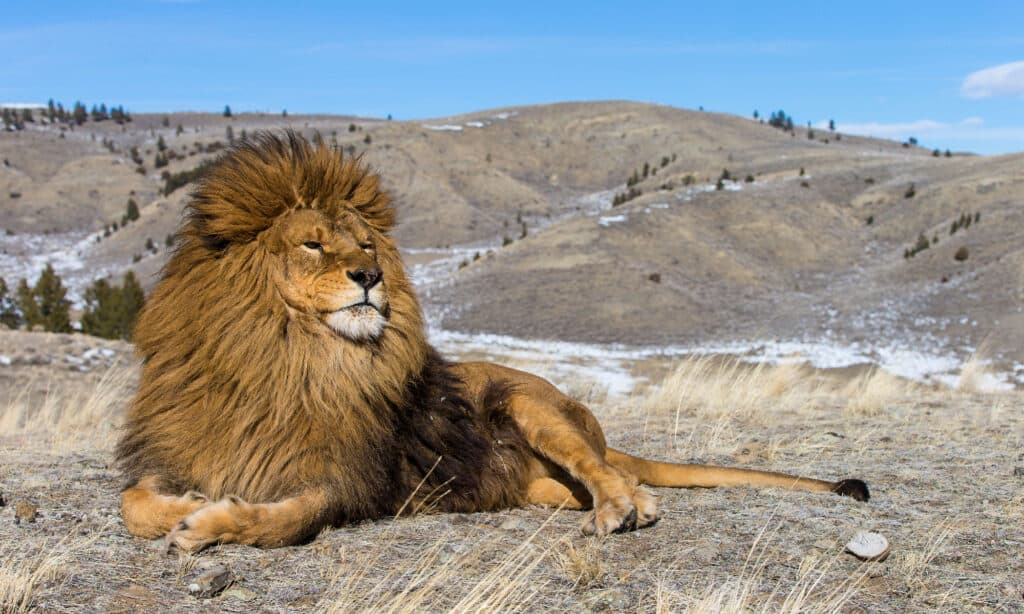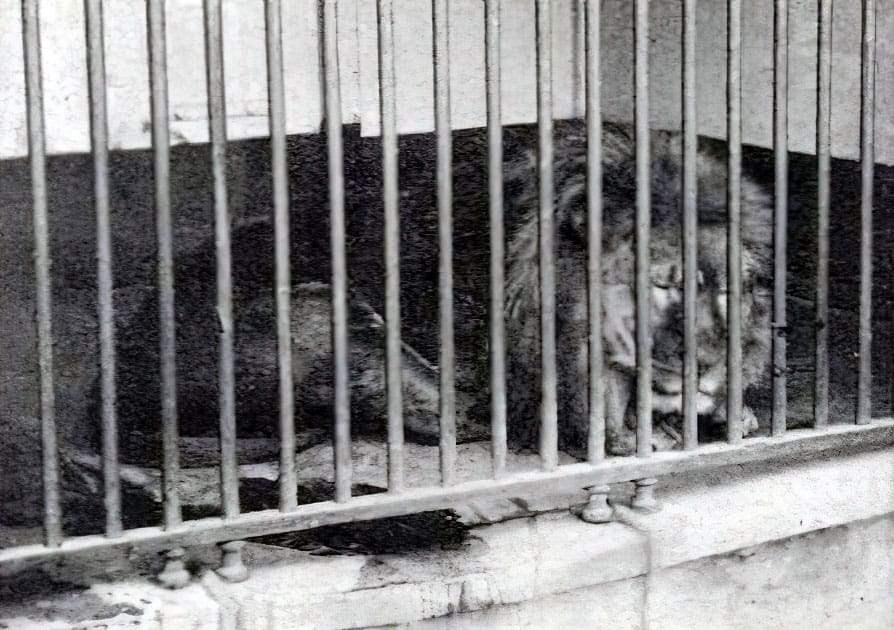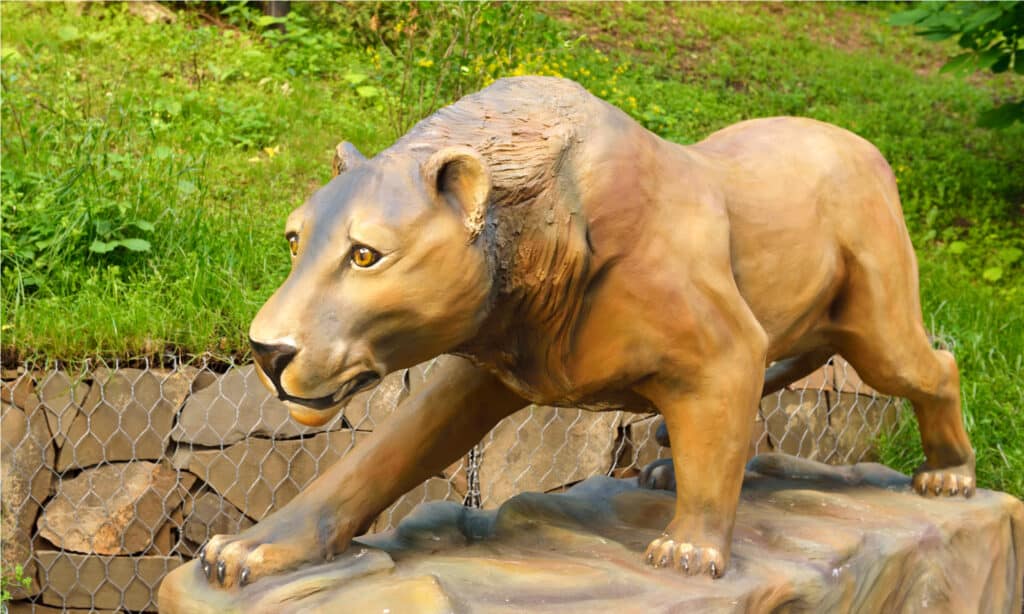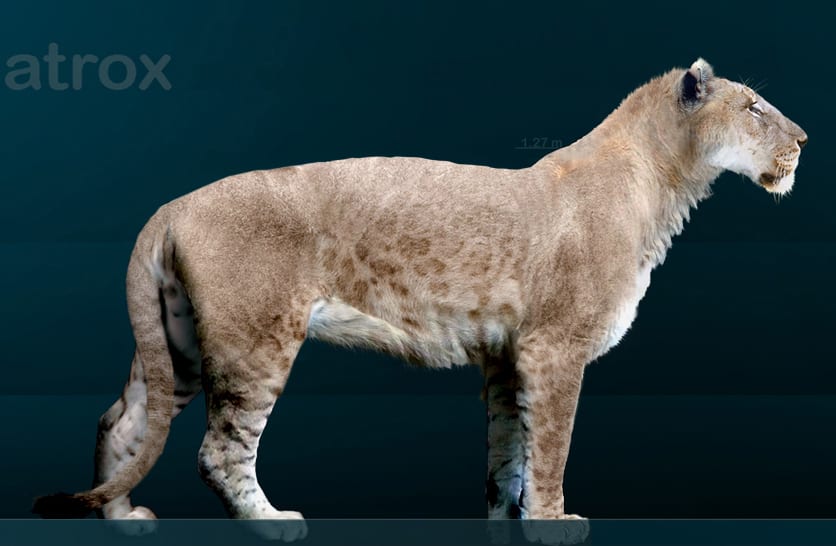The majestic lion is a true symbol of power and strength. With its glorious mane, predatory prowl, and fearsome roar, it seems only fitting to discover that there is only one species of the lion: the Panthera leo. There are, however, several subspecies, each with a distinct look and other identifying characteristics. The lion is undoubtedly at the top of the food chain. Within the ecology, it is a challenging foe to defeat thanks to its imposing size, power, and bite force. Despite this, many are still in danger of extinction or have already completely vanished. So, what lion species have gone extinct?
The extinction of big cats, such as lions, is one of the greatest threats to life on Earth. Despite being hailed as the kings of the jungle, the lions’ reign may be coming to an end. Thirty thousand years ago, various species of lions hunted prey on four different continents. Today, the number of lions fell by 42 percent between 1993 and 2014, and according to the most recent IUCN assessment, the adult population ranges from only 23,000 to 39,000. In this article, you will discover the four extinct lion species and other interesting facts.
4 Extinct Types of Lions
1. Barbary Lion

Dennis W Donohue/Shutterstock.com
The extinct Barbary lion population of the lion subspecies Panthera Leo was also known as the North African lion, Berber lion, Atlas lion, and Egyptian lion. It existed in the mountains and deserts of North Africa’s Barbary Coast, from Morocco to Egypt. The Barbary lion was previously considered a separate lion subspecies until 2017. According to the results of morphological and genetic investigations of lion samples from North Africa, Barbary lions were closely related to lions from the western and northern parts of Central Africa. These analyses revealed that Barbary lions did not significantly differ from Asiatic lions. But according to DNA research, Barbary lions were no longer a distinct subspecies.
Since they were cold-weather animals, they acquired thick, dark, long manes draped over their shoulders. Barbary lions were known as “royal” lions since the royal families of Ethiopia and Morocco kept them; they might even have been the same lions that battled gladiators in ancient Rome. Due to overhunting, habitat destruction, and a fatal respiratory ailment, Barbary lions ceased to exist in the wild. However, the possibility of restoring the Barbary lion has been discussed over the past few decades.
2. Cape Lion

public domain – License
The Cape lion, which roamed South Africa’s plains, was considered a unique subspecies with a darker coat than other lion species. Although it became extinct in the wild in 1858, there might still be descendants in zoos around the world. The Cape lion is no longer considered a distinct species. Little is known about this kind of lion, aside from the fact that they lived alone, unlike modern lion prides, and weighed between 200 and 300 kilograms (500 to 600 lbs), possibly the second largest and heaviest of the lion subspecies. This lion stood out for its thick black mane covering its shoulders and underbelly and the gold fringe surrounding its face. It had enormous paws and black ears with black tips.
3. Eurasian Cave Lion

Popova Valeriya/Shutterstock.com
From Europe to Asia, the Eurasian steppe was the hunting ground for the Eurasian cave lion. Around 12,000 years ago, the species went extinct, along with others like woolly rhinoceroses and mammoths. According to researchers who examined cave lion skeletons, they would have been heavier than the largest lions known today.
The Eurasian cave lion was one of the top predators in Pleistocene Eurasia, and it is arguably the most well-known extinct big cat after the saber-toothed tiger, if only because of its close relationship with the cave bear, which it frequently fed on. Strangely enough, Eurasian cave lions raided European caves for bear-sized prey, and some individuals of this lion species were discovered there. Despite not living in dark caverns, this lion acquired its name from these discoveries.
4. American Cave Lion

Sergiodlarosa / CC BY-SA 3.0 – License
The modern-day North America and Mexico were home to the American cave lion. About 12,000 years ago, the species went extinct, about the same time the Eurasian cave lion did. The size of American cave lions was noteworthy; some estimations put their weight at up to 520 kilograms (1,153 pounds)! With that, it can be concluded that American cave lions are the largest lion species ever recorded.
The American cave lion was depicted in cave paintings as lacking a mane or extremely uncommon, but it didn’t stop them from being the vicious kings they were born to be. The typical American cave lion was a big, muscular animal that moved quickly despite its size. They could run 30 miles per hour thanks to their long, slender legs. These animals’ speed and size enabled them to capture huge prey such as steppe bison, camelids, enormous ground sloths, and even baby mammoths during the Ice Age.
What are the Threats to Lions’ Survival?
With all these species mentioned, what are the possible causes of their extinction? Some of it can be linked to natural causes, such as illness. But humans are, by far, the biggest danger to lions. We have played various roles in the extinction of the species, whether directly or indirectly.
Hunting and Poaching
Hunting and poaching are the biggest causes of the rise in endangered lion populations. The motivations behind such acts vary, ranging from the proactive protection of livestock to ceremonial killings, the illicit trafficking of lion bones, and trophy hunting.
Loss of Habitat and Human Conflict
Over the past century, two factors contributing to the 75% decline in lion habitat include agriculture and growing human settlement. Meanwhile, war-torn areas have made some lion habitats unsustainable.
Scarcity of Prey
The amount of available prey for lions has drastically decreased, whether due to climate change or the demands for the bushmeat trade. As their prey is taken away, lions kill humans more frequently, which leads to retaliatory attacks that result in the deaths of more lions.
The post Discover 4 Extinct Types of Lions appeared first on AZ Animals.
from AZ Animals https://ift.tt/7KG0NpI